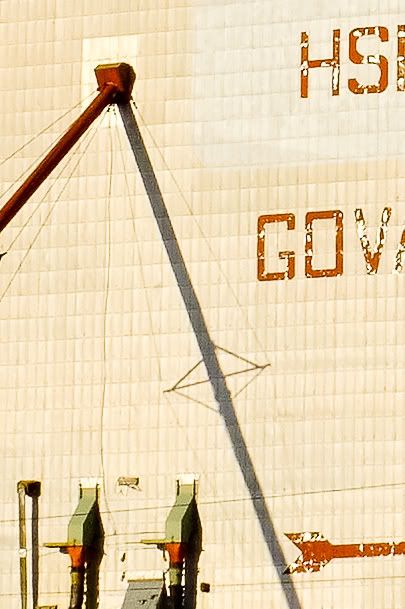rbelyell
Well-known
Sure, but are you going to switch from JPEG to RAW and back and forth when your lighting varies from shot to shot?
I guess if you are a challenging photographer you have little choice but to shoot RAW. If you play it safe, ensure lighting is always 'compliant' etc then there is no need.
You can always work a RAW file towards the JPEG your camera would have produced, but you cannot always work a JPEG towards the file you would have produced from RAW....
when i say 'difficult lighting' i typically mean 'artificial' lighting. typically, that doesnt change from shot to shot. when i'm inside in artificial light and pictures are critical, i shoot raw. 99% of other times i shoot jpeg-no going back and forth.🙂




